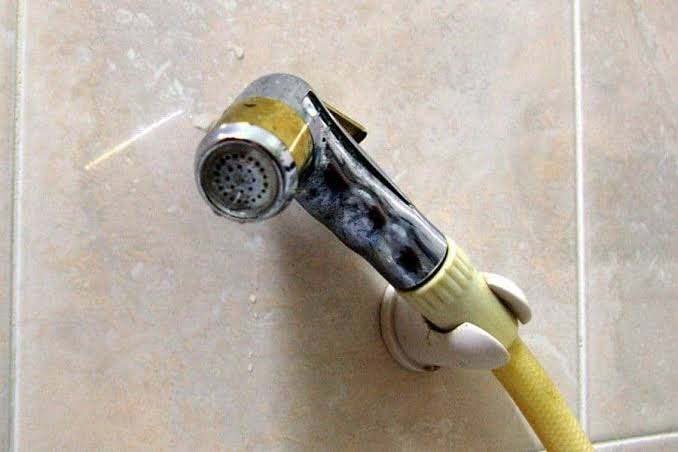Show

:"Captain Picard. There's a subspace message for you from Starfleet command. It's on [dramatic pause] a secure channel."

Show

:"A secure channel?!? What could be so important?"

Show

:"Good question, number one. Let's just hope it doesn't delay our rendezvous at Rigal 7. Lieutenant Worf, I'll take it in my ready room."

Show

: Generates a 256 bit public key, exchanges public keys over subspace, calculates a session key, checks validity of web certificate "Handshake protocol complete. Connection is secure."

Me: "Computer, log into Proton Mail."
Computer voice acted by Majel Barrett: "Proton Mail connection establish. Please enter user name and password."
Me: enters user name and password
Computer voice: "Warning, this connection is not secure. Hackers may be able to intercept your private information."
Me: "Computer, establish a secure connection."
Computer voice: "Unable to comply. A secure connection requires level 4 or above access."


Because during the Cold War and after, encryption was for important and secret stuff. They used to require large probably expensive and heavy machines to perform encryption on what was just text messages. From a quick google search, here's a machine from the 1990s: https://www.cryptomuseum.com/crypto/usa/kiv7/index.htm (look at how low its bandwidth is). And in Star Trek (I assume) they're doing encrypted audio and video which I assume wouldn't be very achievable until some time in the last couple decades.
It's only pretty recent as far as I know that a "CPU" has built-in encryption support (like x86_64 having AES-accelerating instructions)
Police radios in the US still don't always use encryption.
And no matter how fast it is, encryption requires more computation and thus power consumption than not encrypting something.
Of course that still wouldn't justify some of the quotes above. But movies have to kind of play up some things to make them interesting.